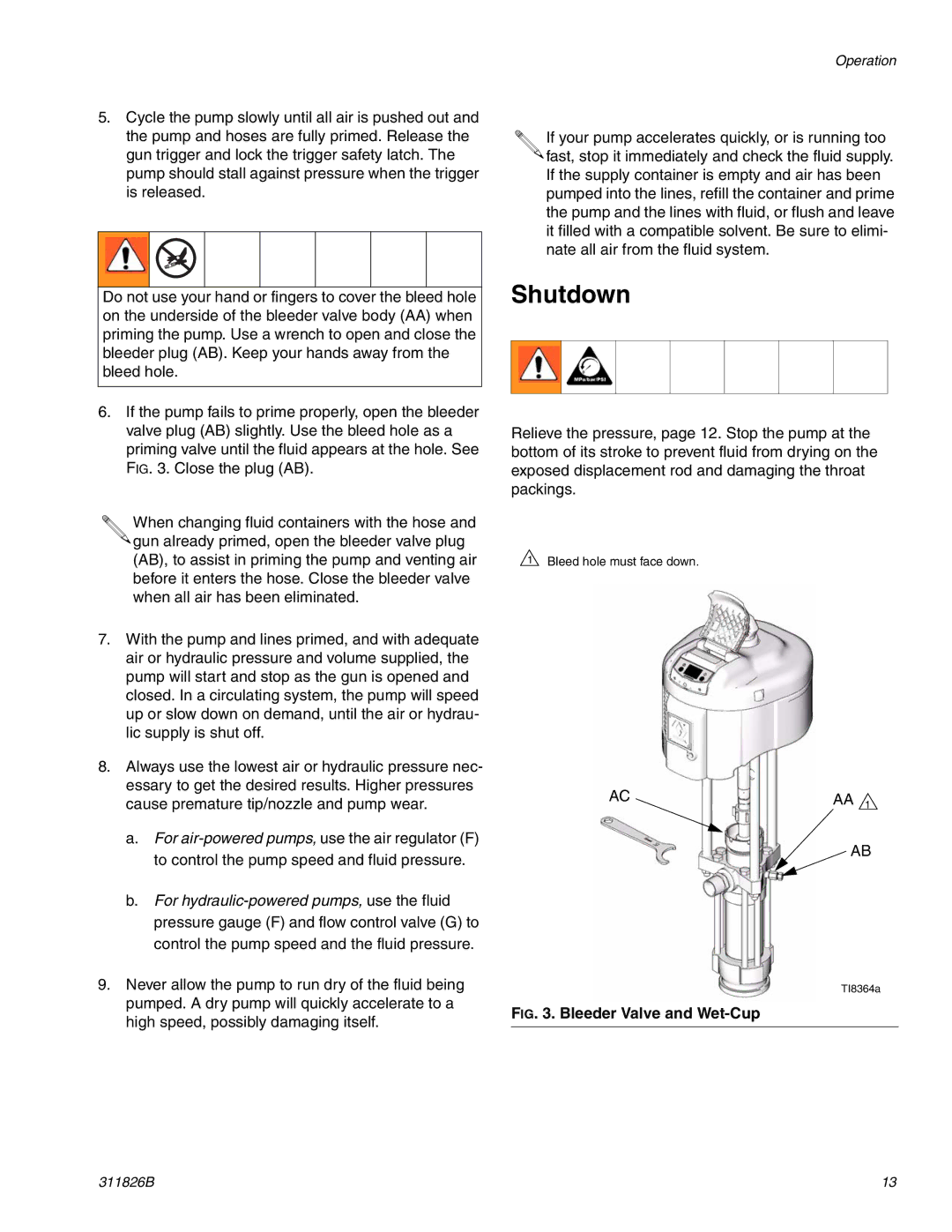1800 specifications
The Hitachi 1800 series excavators represent a significant leap in construction and earthmoving technology, designed to enhance productivity while ensuring operator comfort and environmental sustainability. These excavators are emblematic of Hitachi's commitment to advancing machinery engineering, equipped with an array of features and technologies that optimize performance.One of the standout characteristics of the Hitachi 1800 is its powerful yet fuel-efficient engine. The machine is equipped with a Tier 4 compliant engine, which meets stringent emission regulations while delivering increased power output. This leads to enhanced digging performance and better fuel economy, reducing operational costs for excavating contractors.
The hydraulic system of the Hitachi 1800 is another remarkable feature. It utilizes a closed-center load sensing system that automatically adjusts hydraulic flow based on the load being handled. This technology allows for precise control during operations, whether digging, lifting, or swinging, and improves overall operational efficiency. The responsiveness of the hydraulic system aids in increasing the speed and accuracy of work cycles.
Operator comfort is prioritized in the Hitachi 1800 with its ergonomically designed cab. It offers excellent visibility, reduced noise levels, and adjustable seating, which enhance the operator's experience during prolonged use. Advanced climate control systems ensure that operators remain comfortable in various environmental conditions. The intuitive control layout, combined with a multi-function joystick, allows operators to manage all functions with minimal effort.
Additionally, the Hitachi 1800 incorporates advanced telematics technology, which allows operators and fleet managers to monitor machine performance in real-time. This technology aids in predictive maintenance, helping reduce downtime and extend the life of the excavator.
The excavator’s durability is another core characteristic. It features a robust undercarriage designed to withstand harsh operating environments, and high-strength materials are used across the machine to enhance longevity and reliability.
In summary, the Hitachi 1800 series excavators combine powerful engines, advanced hydraulic systems, and operator-centric designs to provide a robust and efficient solution for construction and earthmoving projects. With their state-of-the-art technology and commitment to sustainability, they represent an excellent investment for professionals looking to enhance productivity and performance on the job site.

